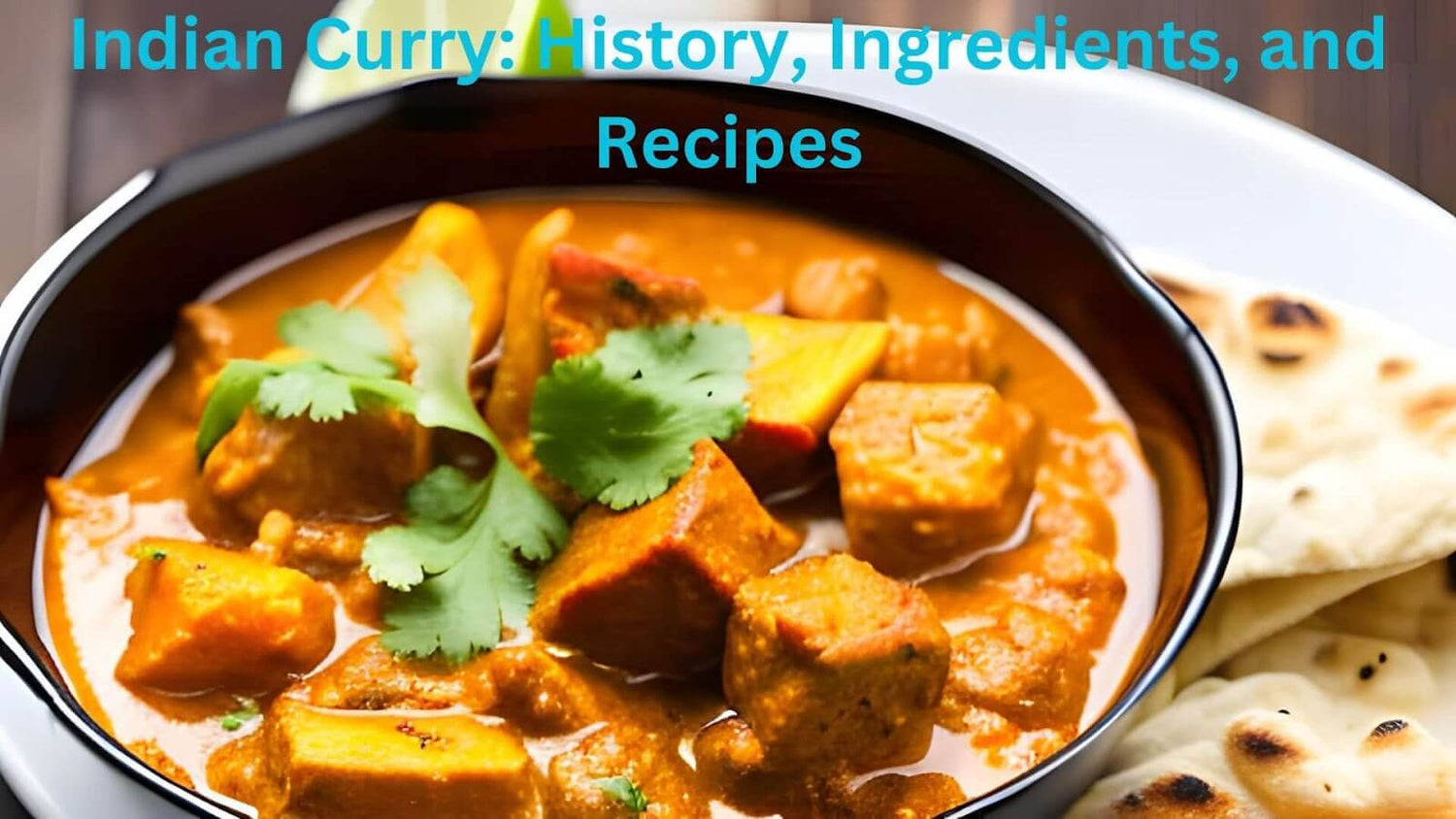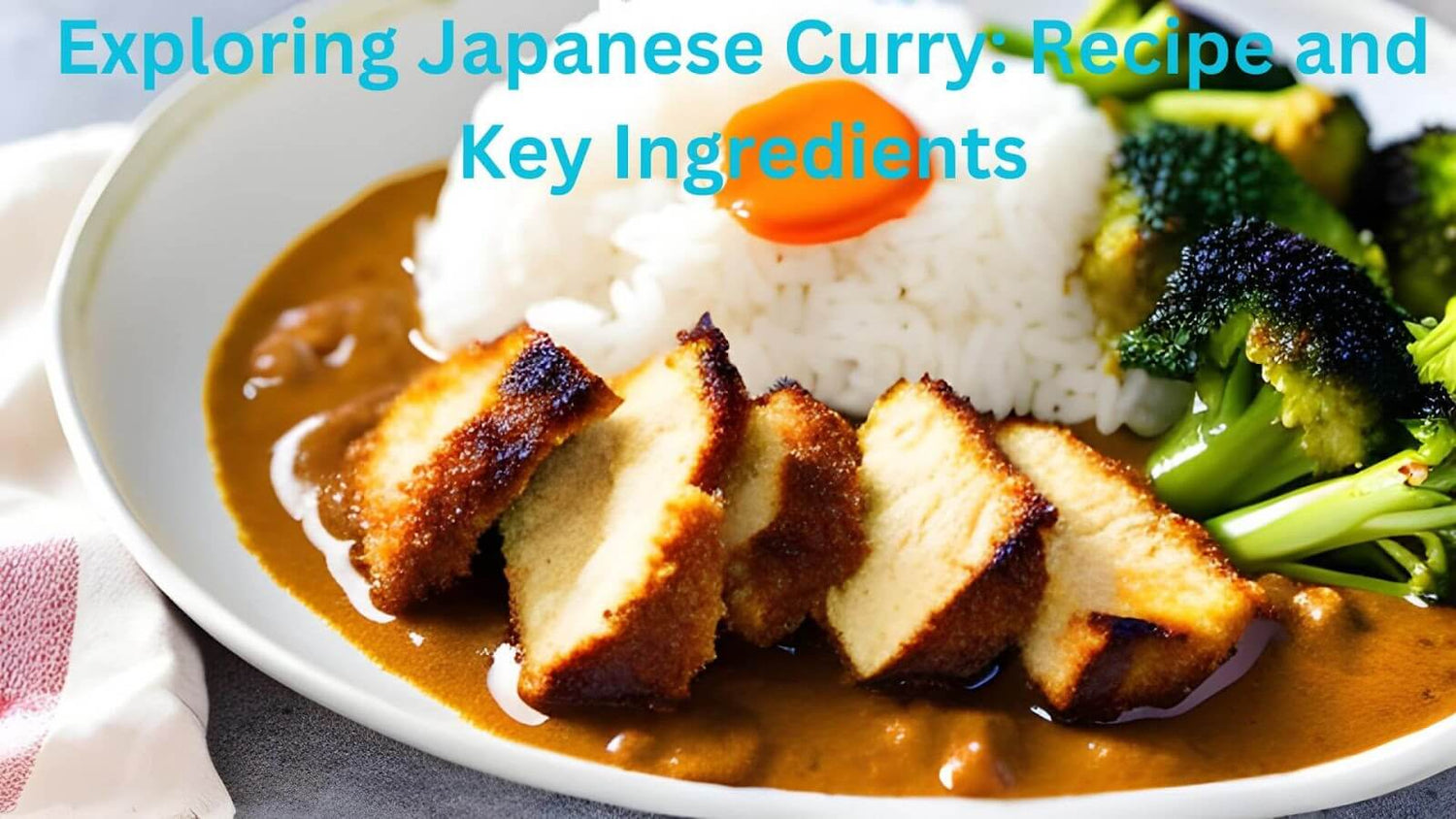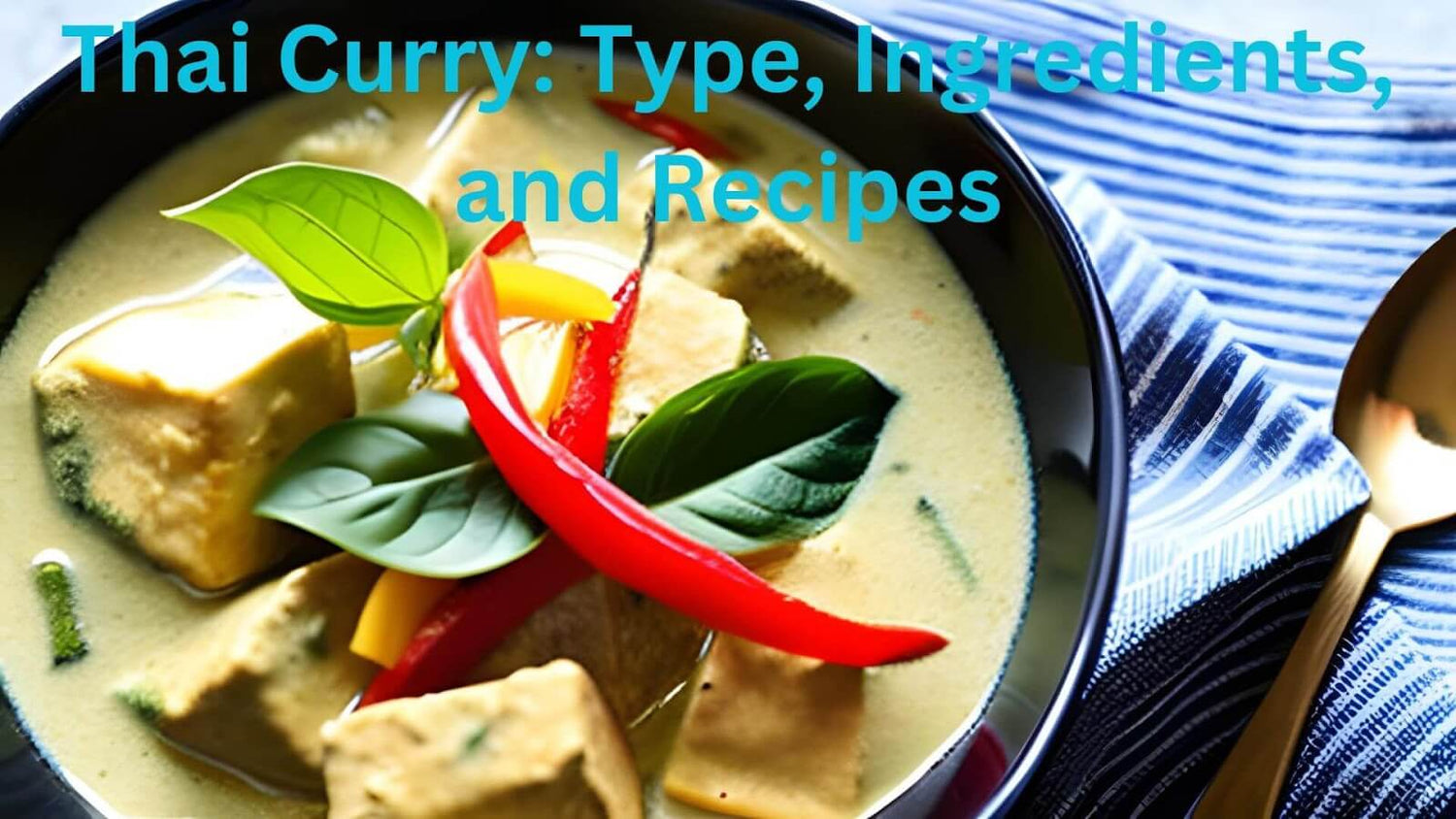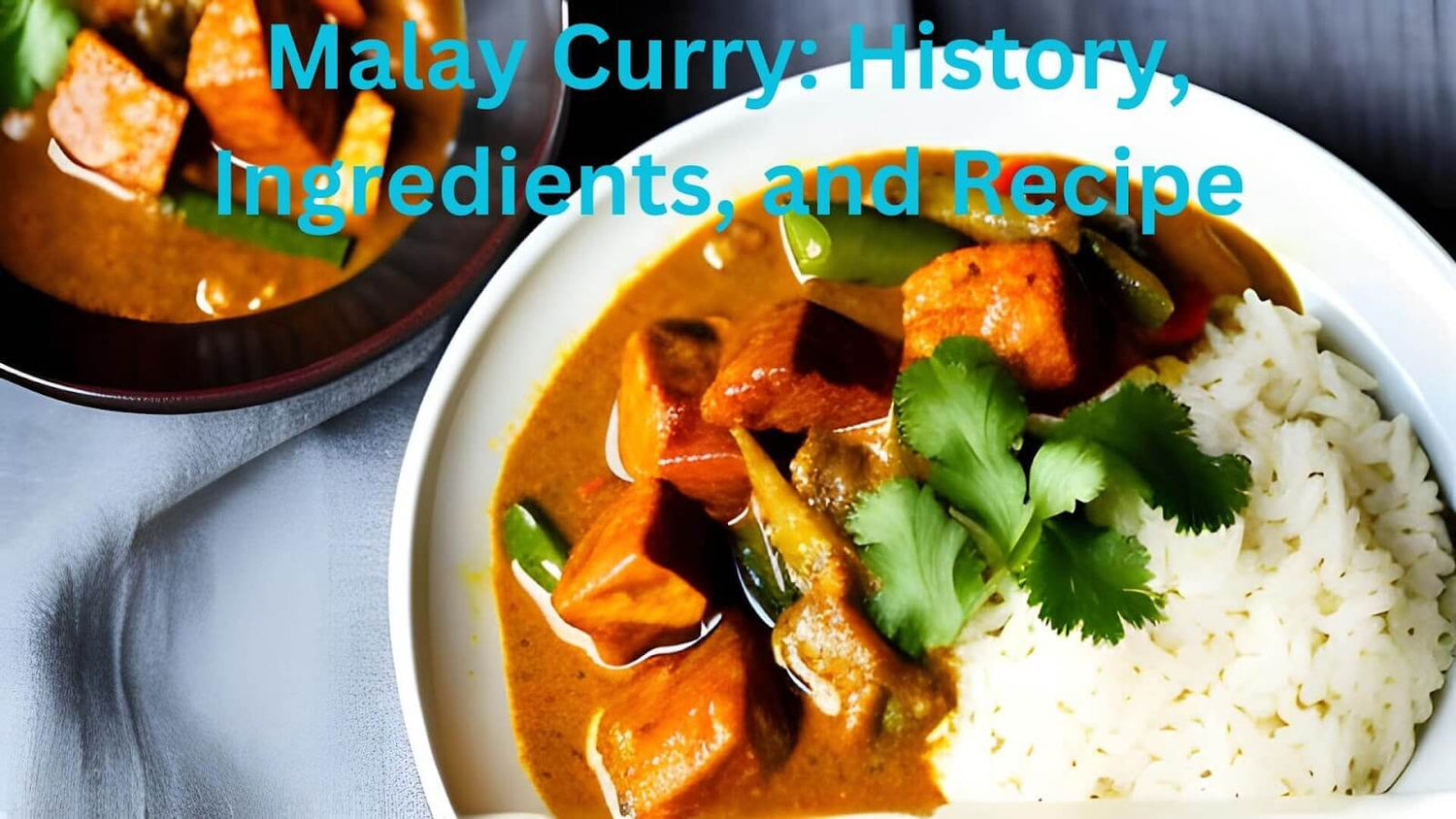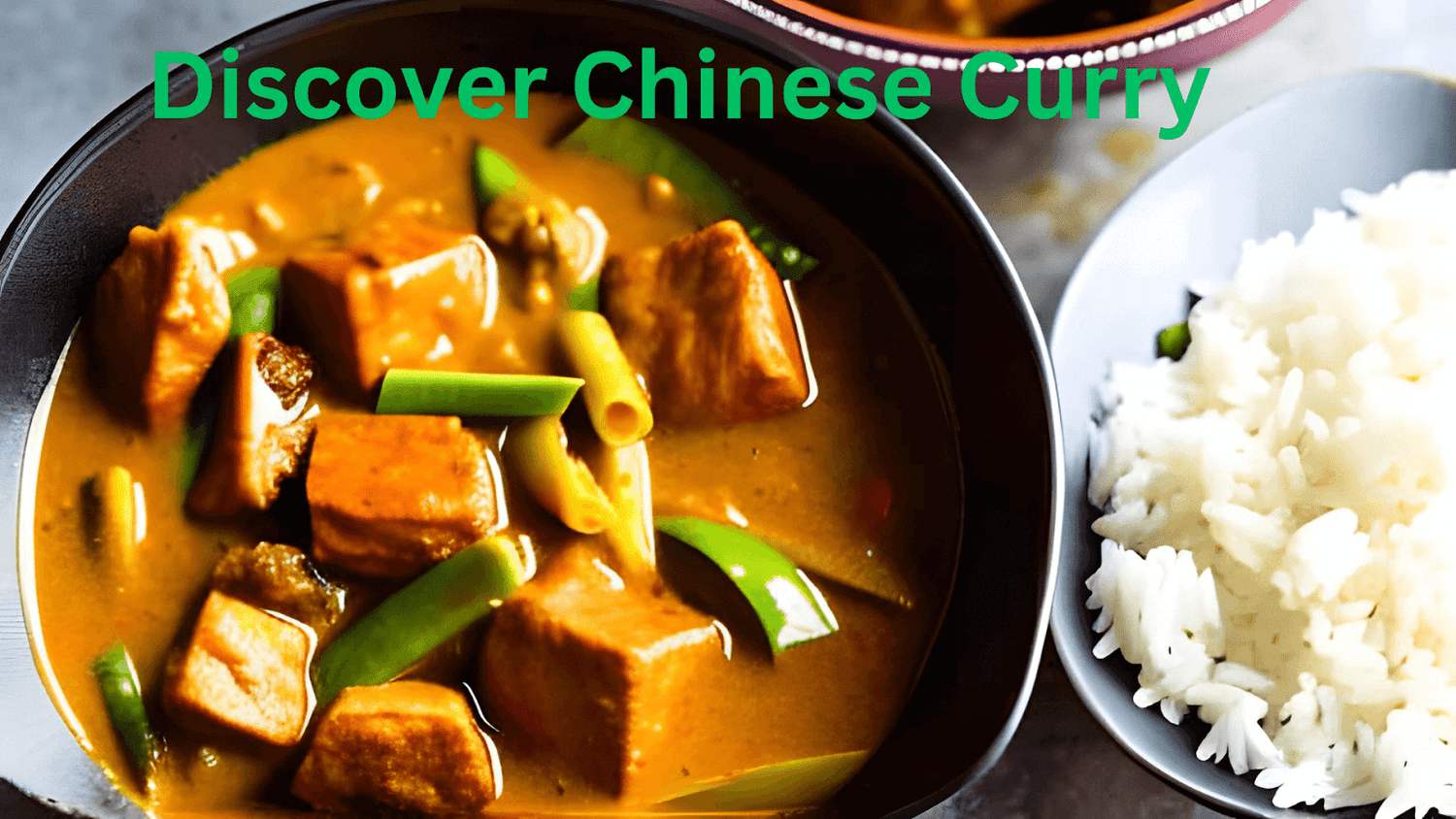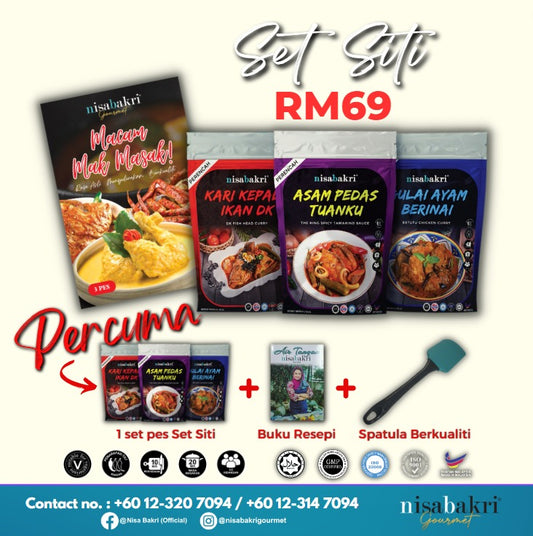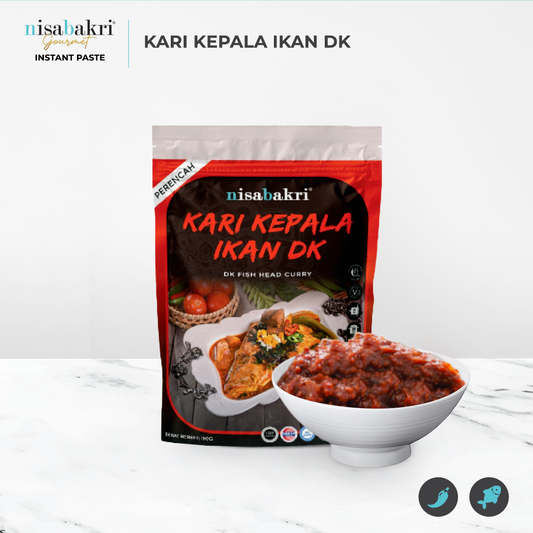Curry Around the World: A Journey Through Different Curry Types
Curry is a popular dish that originated in South Asia and is now enjoyed around the world. This dish typically consists of a sauce made with a blend of spices and is often served with meat, vegetables, or both.

There are many different types of curry, each with their own unique flavor and ingredients. Here are some of the most common types of the dish:
Indian Curry
Indian curry is the dish most well-known type of curry and comes in many different variations, such as butter chicken, tikka masala, and vindaloo. Indian curry is often made with a blend of spices like turmeric, cumin, coriander, and garam masala, and the dish may feature vegetables like potatoes, peas, or cauliflower.
Thai Curry
Thai curries are known for their bold and spicy flavors. The dish comes in three main varieties - green, red, and yellow - each with its own distinct blend of herbs and spices. The dish typically features coconut milk, lemongrass, ginger, and chili peppers.
Japanese Curry
This style of curry sauce is milder than Indian or Thai curry and has a thicker consistency. Japanese curry often includes meat, such as beef or chicken, and vegetables like carrots and potatoes. This dish is typically served over rice and may be garnished with pickles or fried onions.
Malaysian Curry
Malaysian curries are known for their rich, creamy texture and are often made with coconut milk, turmeric, and chili paste. This dish may include ingredients like eggplant, chicken, okra, or shrimp, and are typically served with rice or roti.
These are just a few examples of the many types of curry out there. Regardless of the style, curry is a delicious and versatile dish that can be enjoyed in plenty of different ways.
What are the common Curry Types?
This is a dish perhaps the most well-known type of curry and is made with a blend of spices and often features meat or vegetables. Some popular Indian curries include butter chicken, tikka masala, and vindaloo.
This type of curry is a dish that is milder than Indian or Thai curry and has a thicker consistency. Japanese curry often includes meat, such as beef or chicken, and vegetables like carrots and potatoes.
Curries in Thailand mainly differ from the Indian curry in their use of ingredients. Thai curries are known for their bold and spicy flavors and come in three main varieties - green, red, and yellow. The dish typically features coconut milk, lemongrass, curry paste, and chili peppers.
Malaysian curries are known for their rich, creamy texture and often include coconut milk, turmeric, and chili paste. The dish may feature ingredients like eggplant, okra, or shrimp.
Chinese curry is a dish typically milder than other types of curry and is often made with a blend of spices like curry powder, garlic, and ginger. It may feature meat like chicken and lamb or vegetables like potatoes and carrots.
What are the Ingredients and Flavor Profiles for different curry types?
Let's take a look at the main ingredients list for the different style of this dish.
- Indian Curry
Turmeric: This spice has a bright yellow color and a warm, earthy flavor. It's often used in Indian curries to add depth and complexity to the dish.
Garam Masala: A blend of spices that typically includes cinnamon, cloves, cardamom, and cumin, garam masala adds a warming, aromatic flavor to Indian curries.
Cumin: Cumin has a slightly nutty, earthy flavor and is often used in Indian cooking to add a savory depth of flavor to dishes.
- Thai Curry
Lemongrass: A tropical herb with a lemony flavor, lemongrass is a key ingredient in Thai curries. It adds a bright, citrusy flavor to the dish.
Galangal: Similar to ginger, but with a more citrusy flavor, galangal is often used in Thai cooking to add depth and complexity to curries.
Kaffir Lime Leaves: These aromatic leaves have a distinct, citrusy flavor and are often used in Thai curries to add a refreshing note to the dish.
- Japanese Curry
Apple: Yes, you read that right! Japanese curry often includes grated apple, which helps to sweeten the dish and balance out the other flavors.
Soy Sauce: A staple in Japanese cooking, soy sauce adds a savory, umami flavor to Japanese curries.
Mirin: A sweet rice wine, mirin is often used in Japanese cooking to add a sweet, delicate flavor to dishes.
- Malaysian Curry
Coconut Milk: A creamy, rich ingredient, coconut milk is often used in Malaysian curries to add a sweet, nutty flavor and a silky texture.
Turmeric: Similar to Indian curries, Malaysian curries often include turmeric to add a warm, earthy flavor and a vibrant yellow color to the dish.
Belacan: A pungent, fermented shrimp paste, belacan is a key ingredient in many Malaysian curries, adding a salty, umami flavor to the dish.
- Chinese Curry
Curry Powder: While curry powder is not a traditional Chinese ingredient, it's often used in Chinese curries to add a warm, fragrant flavor to the dish.
Garlic: A staple in Chinese cooking, garlic adds a pungent, savory flavor to Chinese curries.
Ginger: Another common ingredient in Chinese cuisine, ginger adds a slightly spicy, warming flavor to Chinese curries.
These are just a few examples of the many ingredients and flavor profiles you might find in different types of curries. Each type of curry has its own unique blend of spices and ingredients, resulting in a complex and delicious dish.
What are the Popular Curry Dishes in the US?
There are many popular curry dishes in the US, ranging from traditional recipes from around the world to fusion dishes that incorporate global flavors. Here are three examples of popular curry dishes in the US:
Chicken Tikka Masala
This is perhaps one of the most well-known curry dishes in the US, and for good reason. The dish was made from India and is offered at restaurants around the world. Chicken tikka masala is a creamy, tomato-based curry that features marinated chicken pieces cooked in a spiced sauce. It's often served with rice or naan bread and is a staple on many Indian restaurant menus across the US.
Yellow Curry
Yellow curry is a milder Thai curry that features a creamy coconut milk base and added a blend of spices like turmeric, coriander, and cumin. The dish often includes chicken or shrimp and a variety of vegetables like carrots, potatoes, and onions. This dish is a popular choice in many Thai restaurants across the US.
Japanese Curry Rice
This is a popular comfort food in Japan and has also gained a following in the US. Japanese curry rice features a thick, savory sauce made with a blend of spices like curry powder and garam masala, as well as vegetables like onions, carrots, and potatoes. It's often served over rice and may include meat like beef or chicken, or a vegetarian option with tofu.
These are just a few examples of the many popular curry dishes you can find in the US. Each dish offers a unique blend of flavors and ingredients, making for a delicious and satisfying meal.
How to Make Curry at Home?
Making curry at home is easier than you might think! While the specific steps and ingredients may vary depending on the style of curry you're making, here is a recipe of how to make this dish:
Ingredients:
- 1 pound meat or vegetables (e.g. chicken, beef, shrimp, tofu, potatoes, carrots, onions, bell peppers)
- 2 tablespoons oil
- 1 onion, chopped
- 3 garlic cloves, minced
- 1 tablespoon grated ginger
- Curry spices (e.g. curry powder, garam masala, turmeric, cumin, paste)
- 1 can coconut milk or 2 cups broth
- Salt and pepper to taste
Optional: fresh herbs (e.g. cilantro, basil) or garnishes (e.g. lime wedges, toasted coconut)
Steps:
-
Prep your ingredients. Cut your meat or vegetables into bite-sized pieces and chop your onion. Mince your garlic and grate your ginger.
-
Heat the oil in a large pot or Dutch oven over medium-high heat. Add the onion and cook for 3-5 minutes until softened.
-
Add the garlic and ginger and cook for another 1-2 minutes until fragrant.
-
Add your curry spices to the pot and stir for 1-2 minutes until fragrant. This helps to toast the spices and release their flavors
-
Add your meat or vegetables to the pot and stir to coat in the spice mixture.
-
Pour in the coconut milk or broth and stir to combine. Bring the mixture to a simmer and then reduce the heat to low.
-
Cover the pot and let the curry simmer for 20-30 minutes, stirring occasionally, until the meat is cooked through and the vegetables are tender.
-
Taste the curry and add salt and pepper as needed. If the curry is too thick, you can add a splash of water or broth to thin it out.
-
Serve the curry over rice or with naan bread. Garnish with fresh herbs or toppings of your choice.
And that's it! With these basic steps, you can customize your curry with different spices, meats, and vegetables to create a delicious and flavorful meal at home.
Health Benefits of Curry
Curry is a flavorful and versatile dish that can offer a number of health benefits. Here are three potential health benefits of this dish:
Anti-inflammatory properties
Many of the spices used in curry, such as turmeric, ginger, and cumin, have anti-inflammatory properties. Inflammation in the body is linked to a number of chronic health conditions, including heart disease, diabetes, and arthritis. By incorporating curry into your diet, you may be able to help reduce inflammation and lower your risk of these conditions.
Improved digestion
Curry spices are also known for their digestive benefits. For example, ginger is often used to alleviate nausea and bloating, while cumin is believed to aid in the digestion of fats. By adding these spices to curry, people may be able to improve their digestive health and reduce discomfort after meals.
Potential cancer-fighting properties
Some of the spices in curry, such as turmeric, contain compounds that may have anti-cancer properties. For example, curcumin, a compound found in turmeric, has been shown to have anti-cancer effects in laboratory studies. While more research is needed to understand the full extent of these effects, incorporating curry into your diet may be a tasty way to help support your overall health.
Overall, curry is a flavorful and nutrient-rich dish that can offer a number of potential health benefits. By incorporating a variety of spices and ingredients into your curry, you can create a dish that not only tastes delicious, but may also help support your overall health and wellbeing.
Conclusion
In conclusion, curry is a delicious and versatile dish that has a number of potential health benefits. From its anti-inflammatory properties to its potential cancer-fighting effects, curry is a dish that is a great addition to any healthy diet.
If you're looking to incorporate curry into your diet, consider trying the high-quality curry powders and blends from Nisabakri Gourmet. Their products are made with natural and authentic ingredients, and are free from preservatives and additives. Whether you're making Indian, Thai, or Japanese curry, Nisabakri Gourmet has a range of spices and blends to suit your needs.
By choosing Nisabakri Gourmet for your curry needs, you can enjoy the delicious flavors of curry while also supporting a brand that values quality, authenticity, and natural ingredients. Try their products today and experience the difference for yourself!
FAQ
1. What is the difference between Indian and Thai curry?
The main difference between Indian and Thai curry is the type of ingredients used in each. Indian curry tends to use a lot of spices, such as cumin, coriander, and turmeric, while Thai curry relies more on herbs like lemongrass, galangal, and kaffir lime leaves. Indian curries are also often thicker and creamier due to the use of coconut milk or cream, while Thai curries tend to be lighter and more soupy.
2. Can I make curry without using any spicy ingredients?
Yes, it is possible to make curry without using any spicy ingredients. Instead of using chili peppers or spicy spices, you can use mild spices like cumin, coriander, and turmeric to add flavor to your curry. You can also use other ingredients like coconut milk, yogurt, or cream to help balance out the flavors.
3. How long does it take to make curry from scratch?
The time it takes to make curry from scratch can vary depending on the recipe and the ingredients used. Generally, it can take anywhere from 30 minutes to an hour or more to make curry from scratch. However, if you use pre-made curry paste or powder, it can significantly reduce the cooking time.
4. What are some common side dishes to serve with curry?
Common side dishes to serve with curry include rice, naan bread, roti, or pita bread. Other options include steamed or roasted vegetables, salads, or chutneys. It's also common to serve yogurt or raita as a cooling accompaniment to spicy curries.
